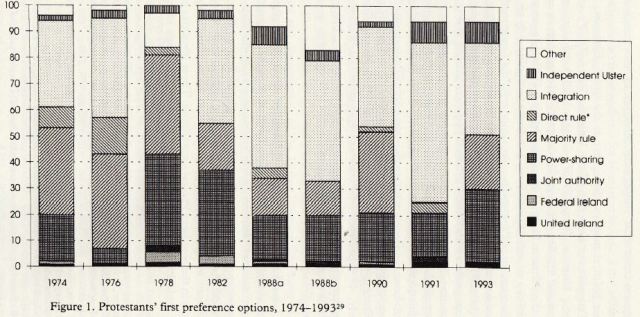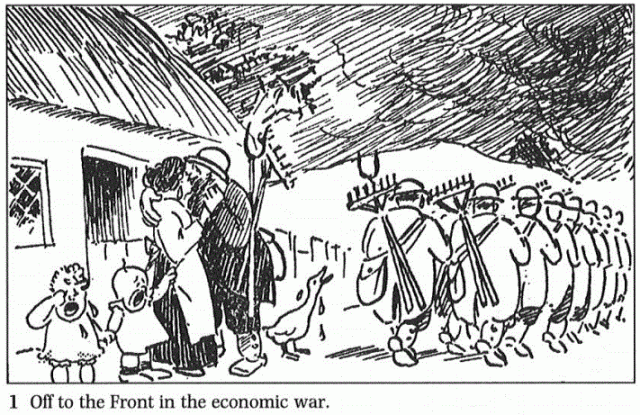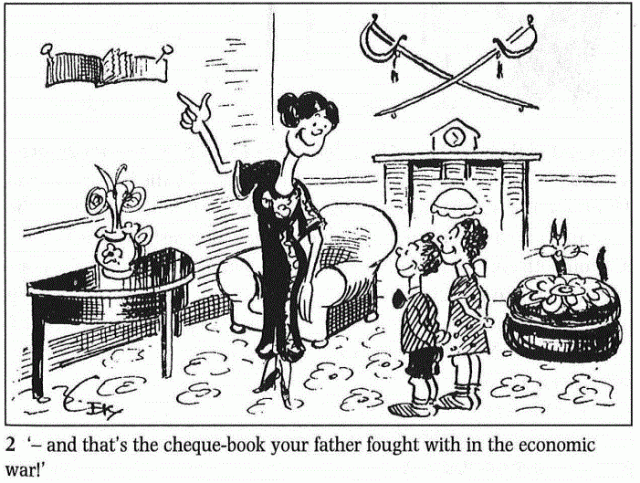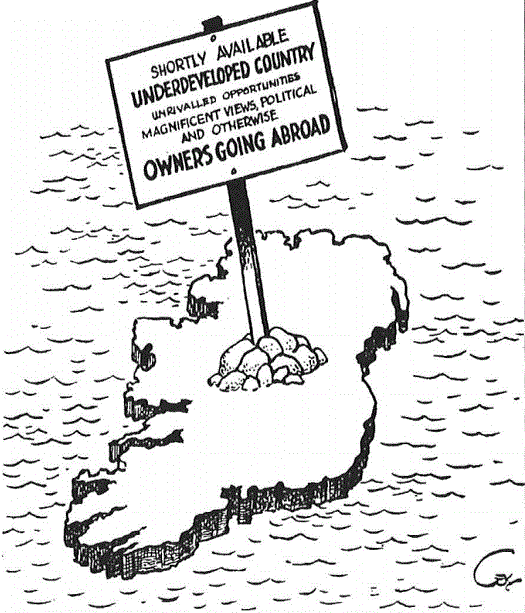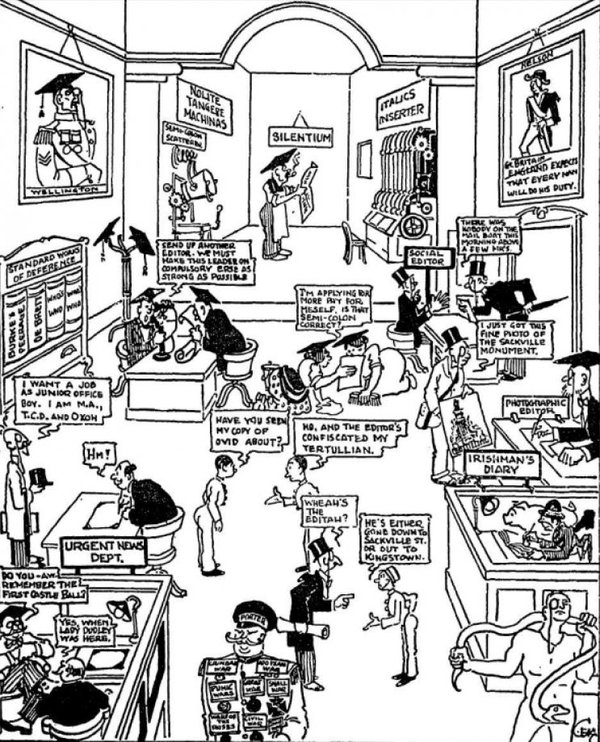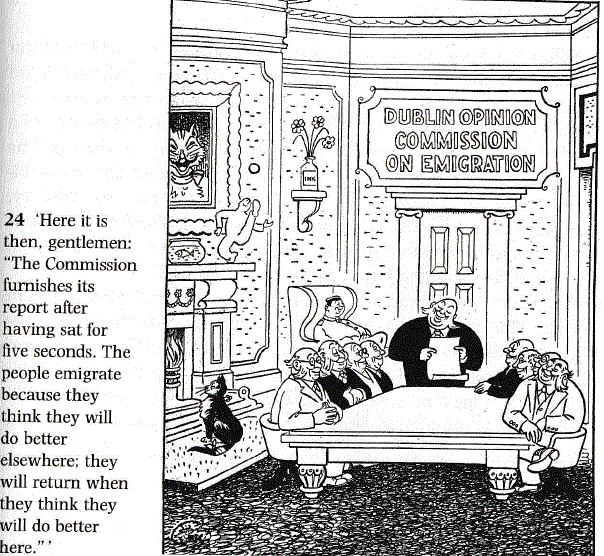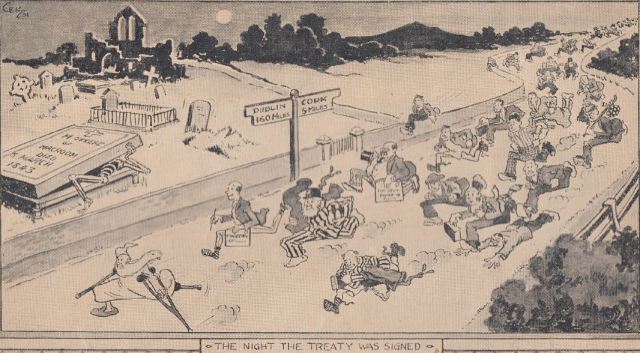TL;DR: This is a rather long and tedious post about a long and tedious political controversy in Ireland. The short answer is that water charges were proposed early on in the economic crisis. They were of domestic origin, not externally proposed or imposed. Both the Fianna Fail/Green government and Fine Gael opposition supported water charges from 2009/10, before the bailout and Troika’s arrival in late November 2010.
There are many interesting chapters in the recent book, Austerity and Recovery in Ireland. One of the points made by several authors and in the introduction is as follows:
“The Irish authorities are shown to have been the main authors of austerity. The major policies agreed with the Troika had been initiated by the Irish Government before the country was forced into accepting a bailout”. (Page 6)
In political and public debate the narrative is often the opposite. The Troika is blamed for individual measures and for austerity in general. Its used as a scapegoat by those in government, while their opponents try to link them with hated Troika as closely as possible. There’s also an idea that government was unable to function properly without the Troika’s presence. Despite the fact that most of the fiscal consolidation had already taken place or was planned before the bailout (see chart below). The bailout was more about access to financial markets than making hard decisions.
Of all the austerity measures, water charges proved to be the ‘straw that broke the camel’s back’. And it’s perhaps on this topic that Troika-blaming happens most often (e.g.: the “brainchild of Fianna Fail and the Troika”; “a policy which originated in the Troika agreements”). A recent Dail Committee report on water services has a “Timeline of Key Decisions” which places the origins of water charges with the EU/IMF Memorandum of Understanding in November/December 2010. This is again despite the fact that charges were supported by the Fianna Fail/Green government since 2009, over a year before the Troika
The following is a summary of party positions on water services:
- Fine Gael: Have supported water charges officially since summer/autumn 2010. In March 2009 the party’s NewERA plan proposed to merge local authority water services into a single utility called “Irish Water”. While water charges were not explicitly mentioned in NewERA, utility charges in general were. And for Irish Water to borrow commercially (one of NewERA’s aims) charging households was necessary.
- Labour Party: Opposed water charges in opposition and in its 2011 election manifesto, but agreed to them in the FG/Labour Programme for Government.
- Sinn Fein: Always opposed water charges, but flip-flopped over whether paying water charges was the right thing to do after losing the 2014 Dublin South-West by-election.
- Centre-Left/Left: With the exception of the Green Party, all left-leaning and left-wing politicians in the Dail have always opposed.
It’s really Fianna Fail’s position(s) that cause the most confusion. For instance, on RTE’s Late Debate (28th February 2017), Marc McSharry TD emphatically denied his party had signed up to water charges in the Troika’s memorandum of understanding in 2010. Over the past 2-3 years, similar claims have been made by Fianna Fail reps whenever the topic of water surfaces. Further confusion arises over the distinction between water charges (which were accepted in by Fianna Fail/Green government in 2009) and Irish Water (the semi-state utility Fine Gael proposed in opposition in 2009 and set-up in government in 2013). Sometimes confusion is on purpose. A tactic used by Fianna Fail-ers when asked whether their party supports water charges is to respond: ‘Fianna Fail has always opposed Irish Water’.
So what are the origins of water charges?
Firstly, some background. Water charges and Ireland have an unhappy history [1]. Since domestic rates were removed in 1978, any attempt to introduce a charge on water services has been met with protests, campaigns of non-payment, and eventually, a volte-face by authorities. In the 1980s urban local councils tried and failed to bring in household water charges, though they succeed in taxing businesses. In the 1990s the break-up of Dublin councils resulted another attempt by authority bosses, but again faced opposition. Joe Higgins’ narrow loss in the 1996 Dublin West by-election prompted a re-think within the Rainbow coalition. With a general election in view, councils were stripped of their power to levy water taxes in 1997. Water charges were abolished.
In the decade leading up to the financial crisis, no major party supported re-introduction. Both the Green Party and Progressive Democrats suggested support in principle, though neither included it in a manifesto or policy proposal. In any case a booming/bubble economy meant tax cuts were on the agenda not tax rises. The issue appeared completely off the table when the European Parliament (with the support of Fine Gael/EPP MEPs) voted against Council and Commission moves to force every member state to tax water consumption. The European Commission has long argued them. At the time one official complained: “Irish consumers have to understand if they want water to be free, they can drink the water that comes from the sky”.
So far they have been unsuccessful. The EU Water Directive in 2000 included a requirement for “water-pricing policies” as well as the so-called “Irish clause” in Article 9(4), allowing national discretion with “established practices”. There have recently been arguments over the exact legal meaning of the directive. But the interpretation at the Directive’s inception by Irish politicians and press was that Ireland would not have to introduce water charges.
That said, water charges never went away completely. The most notable occasion was the “Independent Estimates Review Committee” in 2002. A slowing domestic/global economy and a pre-election giveaway budget resulted in the tax take being lower and deficit higher than expected. Rediscovering his fiscal rectitude, Charlie McCreevy set up the Committee to examine areas where government expenditure could be cut. Chaired by three senior civil servants – “The Three Wise Men” – it was a similar set up to “An Bord Snip” (1987) and “An Bord Snip Nua” (2008/09). The report was published along with Budget 2003 in December 2002.
Their remit was to come up with €900 million in expenditure reductions and to slow the current rate of spending, which they believed was creating an “unsustainable deterioration in the budgetary position”. In addition they proposed extra measures in case the economy deteriorated further. One proposal was water charges:
Drinking water quality and sewerage treatment requirements are becoming more stringent and water/sanitary services are becoming more expensive to provide and operate. The absence of a charging regime on domestic consumers will continue to put pressure on the Exchequer. Moreover, the long-term objective in relation to a water and sewerage service should be to encourage more sustainable patterns of consumption. A charging regime could contribute to more efficient use of what is becoming an increasingly expensive resource. Ireland is unique amongst OECD and EU Member States in not charging domestic consumers. [Page 49]
None of the extra proposals were included in the Budget. When Joe Higgins inquired whether this meant water charges were on the agenda, Bertie Ahern replied: “…there is no proposal to bring back water taxes. I am sure the Deputy will be disappointed to hear that.” The Deputy would have to wait a decade for a protest opportunity.
However, in the New Year it emerged through freedom of information that McCreevy and the Department of Finance had attempted to include a household water charges of €200 in the Budget, only to be rebuffed by the Minister of Environment, Martin Cullen. Finance’s reasoning was close to the Committee’s. Any revenue would be given to local councils. McCreevy then went public in his support. Prompting Martin Cullen to again reject charges “out of hand”, a position all opposition parties took, except the Green Party who supported some pricing of water. Although notably one Fine Gael opposition spokesperson, Olivia Mitchell, said she personally supported charges. And Mark Brennock of the Irish Times noted that “a significant number of politicians privately support such charges”.
Another occasion where water charges were proposed in-and-around officialdom was in 2006. Indecon and University of Birmingham were asked to write a report on local council financing [2]. Like previous (and perhaps future) reports, it recommended giving councils more sources of funding, including a property tax and water charges for second hand homes. On the latter they wrote:
“The absence of any water charges on domestic residences and on certain commercial premises, regardless of the income and assets of property owners or the consumption levels of water, is not consistent with economic efficiency. It also is inconsistent with principles of accountability or equity. We believe that the current position leads to significant inefficiencies. In addition, we understand that the cost of these services is rising rapidly and is placing significant financial pressures on local authorities.
We recognise the implementation difficulties associated with this issue but believe that the introduction of water charges has strong merits. However, we do not believe that the introduction of charging for all consumers is feasible in the short term, despite its economic merits, and would recommend a targeted approach, which is more realistic.” [Page 193]
These limited charges were rejected. The new Minister of Environment, Dick Roche, welcomed the report, but demurred: “The revenue generating options identified by the consultants run counter to current Government policy”
While the above shows there was little political appetite for water charges, the same cannot be said of ‘expert’ opinion. Many economists, policymakers, and probably civil servants, supported the pricing and taxing of water consumption. The ESRI championed them in several pre-budget commentaries and policy papers. The former state think-tank Forfas gave their blessing in 2008. During the economic crisis two left-leaning think-tanks, TASC and CORI Justice (now Social Justice Ireland), supported the introduction of water charges on an equitable basis. Those with more direct involvement, and vested interest, also voiced support. For example Engineers Ireland and some managers of local councils. Chambers Ireland, IBEC and ISME wanted household charges, largely to lessen the burden placed on commercial charges, one of the few revenue sources available to councils.
Backing came from abroad too. As noted the European Commission (particularly its Environment branch) and the European Environment Agency were advocates. The OECD were persistent proponents. An Environment Performance Review in 2000 stated: “Eliminating water charges for households was a step in the wrong direction”, a line repeated in numerous reports. Re-introduction has been recommended in every Economic Survey of Ireland since 1999 and will likely feature in the 2018 survey.
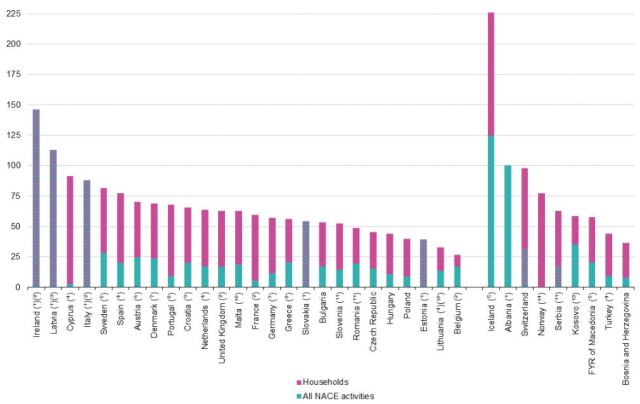
Source: Eurostat Water Statistics (Accessed, 14th May 2017). More up-to-date Irish Water metered data suggest the Irish estimate in European water survey is too high.
The fact Ireland was (and still is) the only EU and OECD country without domestic water charges was often raised by supporters. Another claim was the apparent high rate of water consumption in Ireland (see chart above). European survey statistics showed Irish businesses and households were the highest or second highest consumers of water in the EU. (As it happens Irish Water’s metered data has lowered this estimate considerably, probably below UK average and possibly below the EU average. The meters had some use after all!). So when the economic crisis hit in 2008/09, it wouldn’t have taken anyone long to come up with water charges as a new source of revenue.
Commission on Taxation – FF/Green Government
The exact origin for the FF/Green government’s adoption of water charges was the Commission on Taxation report in September 2009. The Commission actually started life before the economic crisis as part of the Programme for Government in 2007. Its remit was essentially an analysis of Irish tax system’s efficiency, and was re-run of Commissions in the 1980s, which were well received, but whose recommendations were largely ignored. A more specific purpose was designing a carbon tax – one of the Green Party’s coalition demands. The terms of references included keeping “the overall tax burden low”. However, this was amended in January 2009 with “…given the urgency of the situation and the role that taxation will have to play in bringing stability back to the public finances, the Government is asking the Commission on Taxation to identify appropriate options to raise tax revenue”. Their role essentially changed from mostly analysis to coming up with austerity measures as well.
In the months before publication there were accurate reports saying the Commission was considering a residential property tax and water charges – two taxes Ireland was an outlier in not having. The Minister of Environment, John Gormley, said the government was considering water taxes in April 2009. In July the “An Bord Snip Nua”/”McCarthy” report recommended giving local authorities independent sources of revenue, “including such measures as may be suggested by the forthcoming Commission on Taxation report”. One measure endorsed was “charging for domestic water services” under a “single national water authority”.
The Commission’s report was published on schedule in September 2009. Similar to many reports cited above, the Commission wanted revenue from water charges to go into local government. Noting that “some submissions to us have suggested a more universal application of water charges” they argued for a polluter pays principle. A flat-rate would apply until water metering were installed. Once meters were in the ground, charges would be determined by local authorities based on consumption. Low-income households could be granted a waiver, but were against a free allowance. They reckoned it could bring in €400-500 million, with €58 million extra from more efficient charging of businesses. A summary was as follows:
The Renewed Programme for Government in October 2009 (the previous Programme from July 2007 was no longer feasible) opened by citing the Commission and An Bord Snip Nua reports as the inspiration for much of the austerity planned. The Renewed Programme explicitly outlines the government’s plans to introduce water charges:
“We will introduce charging for treated water use that is fair, significantly reduces waste and is easily applied. It will be based on a system where households are allocated a free basic allowance, with charging only for water use in excess of this allowance. In keeping with the allocation of greater responsibility to local government, Local Authorities will set their own rates for water use.”
A month later water charges were mentioned again in Brian Lenihan’s Budget 2010 speech:
“The Renewed Programme also contains a commitment to introduce a system of water metering for homes. Preparations are underway. Water charges, when introduced, will be based on consumption above a free allocation. Further details will be announced by the Minister for the Environment, Heritage and Local Government.
These charges, like the charge on second homes, will finance the provision of local services by local authorities.”
What a FF/Green water charging regime would have looked like was never fully clear. The date of implementation was gradually pushed forward to “after the 2012 general election”. In the National Recovery Plan, published on the eve of the bailout, the government said metering would start in 2011 and charging in 2014. Charges from €300-€500 were reported. Initially charging would occur through councils, though according to cabinet papers obtained by RTE, the government approved a “national water agency” in September 2010. This may have been a quango as opposed to a semi-state (like Fine Gael’s Irish Water) as local authorities would continue to be responsible for direct provision. However, the Memorandum of Understanding with the Troika in November 2010 stated:
“The government will have undertaken an independent assessment of transfer of responsibility for water services provision from local authorities to a water utility, and prepare proposals for implementation, as appropriate with a view to start charging in 2012/2013. “
Despite cabinet approval and Troika agreement, water charges were not included in Budget 2011. The government had plenty of things occupying its mind, but there might have been political calculations going on. There were legitimate fears that introducing water charges would leak votes. Every member of the cabinet would have been able to recall the water wars of the 1980s and 90s. In September 2009, Joe Higgins accurately warned: “Should the government attempt to reintroduce the hated water charges which we worked so hard to abolish in the 1990s, we promise them a major water war”. It’s notable that the two taxes that caused to most unrest – the household charge (now property tax) and water charges – were not introduced during the FF/Green government’s time in office. (Though it is of course true the government brought in a wrath of austerity measures). Politics was also clearly behind Fianna Fail’s later opposition to water charges and denials they ever supported them.
Nonetheless, plans for water charges at least were at a fairly advanced stage by the time of the general election in February 2011. For example, Minister Gormley had had meetings with companies to install metering. Including Siemans, who offered to install for future compensation. An offer that would become part of the Irish Water controversy. While “water charges” were not mentioned in Fianna Fail’s 2011 manifesto, installing water meters as part of an infrastructure stimulus plan were. It obviously makes no sense that they opposed water charges, but supported installing meters! The simple fact is that Fianna Fail publicly and privately supported water charges from 2009 to 2011 and made significant progress before the coalition’s collapse in the winter 2010. Claiming otherwise is simply false.
Fine Gael’s NewERA Plan
Of more relevance to what actually happened from 2011 is Fine Gael’s NewERA plan. In debates and speeches, Fine Gaelers were often found carping on about the government’s austerity measures. Yet they supported the bulk of fiscal consolidation in their opposition proposals and then government policies. Indeed the current Taoiseach advocated for shaper austerity. The NewERA plan was first published in March 2009 (no PDF of the original is available online). It was mainly about reorganizing the management of state and semi-state companies and included some privatizations. It was advertised as “€11 billion” stimulus plan, creating “100,000 jobs”. (Estimates Michael Noonan would later disavow after becoming Fine Gael’s Finance spokesman). Simon Coveney was in charge of formulating the contents. On water it proposed consolidating services from the 34 local authorities into a single utility called “Irish Water”. A deteriorating economy prompted the party to somewhat revise the plan. The November 2009 version said:
“NewERA will invest €4.2 billion to upgrade Ireland’s water infrastructure. We will deliver real economies of scale by bringing all of Ireland’s water assets under the ownership of one State company, “Irish Water”. Ireland currently spends €700 million (excluding capital expenditure) each year to produce clean drinking water. Yet around 43% of water is wasted through leakages in the water system. The fragmented nature of the water industry, in which 34 local authorities are responsible for investment and maintenance, also means that there are currently no real economies of scale.”
An advantage of a separate entity in water and other utilities was that they could then borrow commercially and be off the state’s balance sheet. The plan did not explicitly mention water charges, but did implicitly.
“NewERA is a long-term financial investment by the State in commercial sectors of the economy – energy, telecoms and water – that can ultimately earn a financial return. In nearly all advanced economies, it is considered both fairer and more efficient that services in these sectors be paid for through user charges on households and businesses, rather than through general taxation. That is why these investments do not count as Government expenditure. The investments are reflected on the balance sheet not of the Exchequer, but of the NewERA companies, where they should be.”
The NewERA hints aside, Fine Gael did not officially commit itself to water charges until well into 2010. In an interview with Newstalk in January 2010, Enda Kenny was unable to answer whether his party were in favour of charges. This ‘gaffe’ was used against Kenny in the heave that summer, although I cannot find any mention of a Fine Gael spokesperson (pro or anti-Kenny) clarifying the party’s stance. The official line was clarified in summer/autumn of 2010: Fine Gael supported water charges, after meters had been installed. Once again, this all happened months before the Troika arrived in Ireland.
Like the FF/Green government, the FG opposition were not entirely clear about what their water charging regime would look like. Only a “fair funding model” was mentioned in its 2011 manifesto. Indeed it took until the last year of their coalition government to come up with one. And what they came up with – a flat rate minus conservation grant – was actually opposed by Kenny in 2010. Reacting to a proposal by the Department of Finance in summer 2010 to introduce a flat-rate before meters were installed, Kenny said it was “unfair, inequitable and is not environmentally sound, with the poor paying the same as the rich”. So Fine Gael were in favour of water charges, but didn’t know what to charge.
***
By the time the Troika arrived in Ireland in late November 2010, water charges were already the official policy of both the government and main opposition. The utility company the next government would set up – Irish Water – had been Fine Gael policy for nearly two years. Future cabinet papers or memoirs may show significant Troika involvement on water services, but contemporary press reports indicate the Troika was largely going along with whatever the government of the day was planning. The Troika memorandums contained fairly brief comments about the introduction of water charges. The more detailed research/update articles were mostly commentary on what the government was doing.
In any case, Troika agreements were not sacrosanct. Water charges were fairly small in the overall budgetary scheme of things. And the revenue stream would only be achieved in the medium to long-term. Their effect on main economic indicators was always going to be small. It’s not difficult to imagine a government delaying. The incoming FG/Labour coalition was able to reverse the minimum wage cut agreed by FF/Greens a few weeks before. Troika demands for forestry privatization and legal service reform were never carried out. Pat Rabbitte has blamed the Troika for pressurizing the government into setting up Irish Water too quickly, which may turn out to be valid. Yet the government still took years to set it up.
Two members of the Troika – the European Commission and ECB – can certainly be blamed for their actions and lack of actions during the economic crisis. However, it’s difficult to imagine a post-2008 Ireland without some budget cuts and tax rises. Even if Ireland was allowed to “burn the bondholders” or was given economic slack from Europe, there would still have been a significant budgetary deficit. And to plug the fiscal hole, water charges would have always been high on the list of policies. The Irish water debacle was made in Ireland; foreigners should not be blamed.
[1]. For a good history, see Colm Murphy’s prescient Dublin Review of Books article, “Ireland’s looming water crisis”, from 2009. For a good article on water controversies in 1990s Dublin, see Nicky Ryan’s article at the TheJournal.ie. At least with Irish water charges, history does appear to repeat itself!
[2] There have been a number of reports on local council funding over the years. All have recommended decentralization and greater fiscal autonomy for councils. Among other measures, water charges were proposed in a reports by KPMG (1996), Indecon (2006), and in the Commission on Taxation (2009). These recommendations were rejected by government.
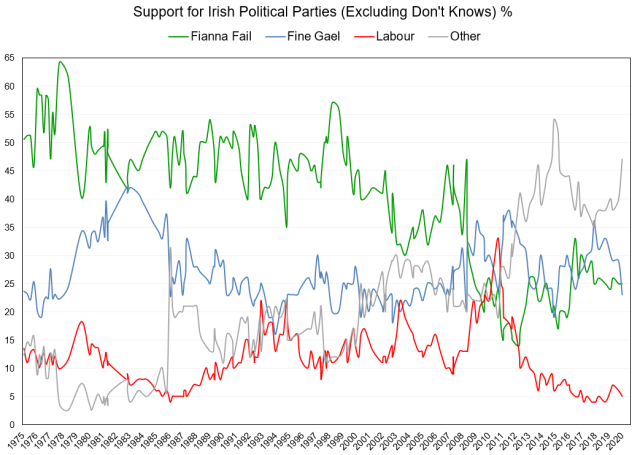
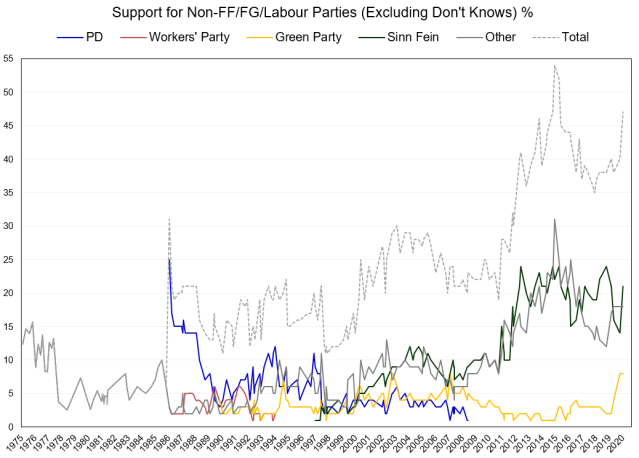
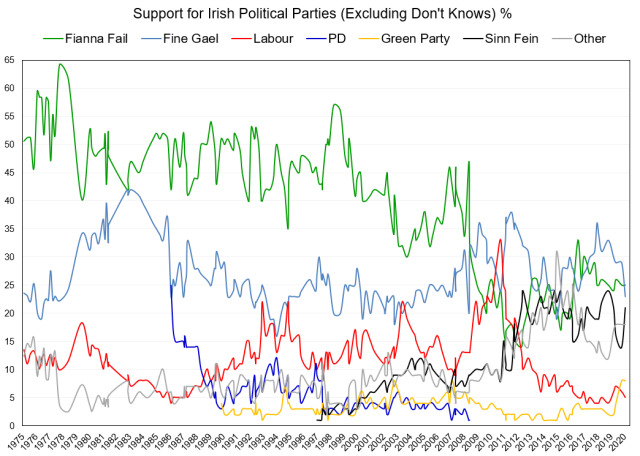

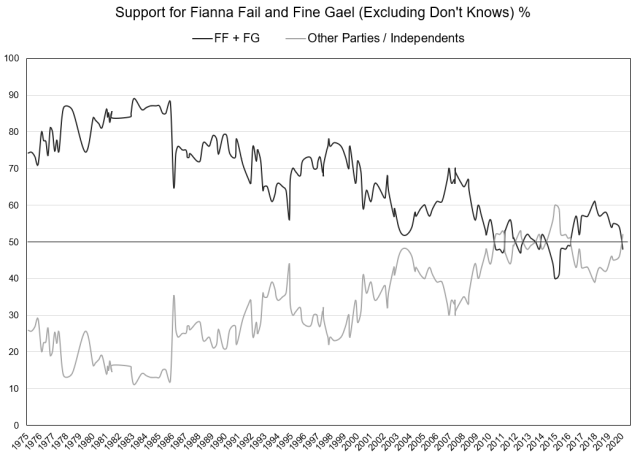
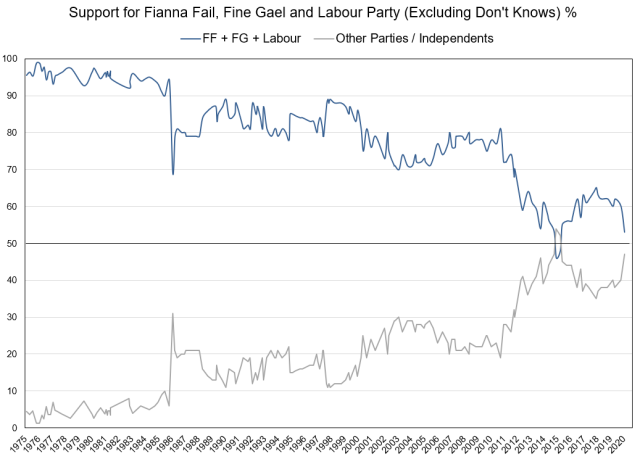
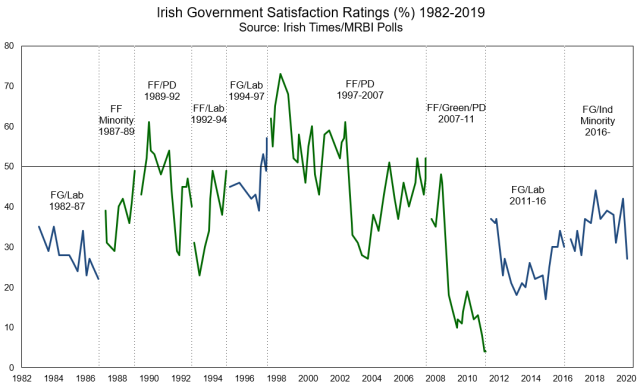
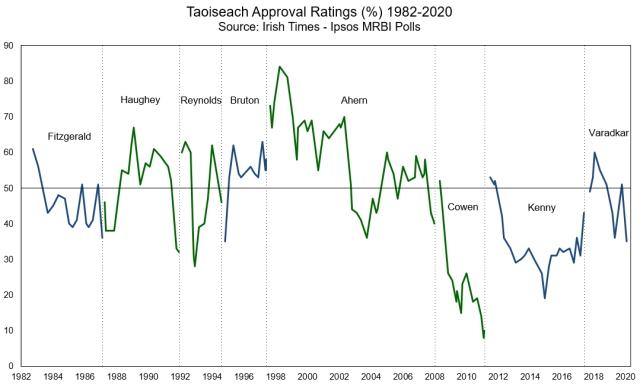

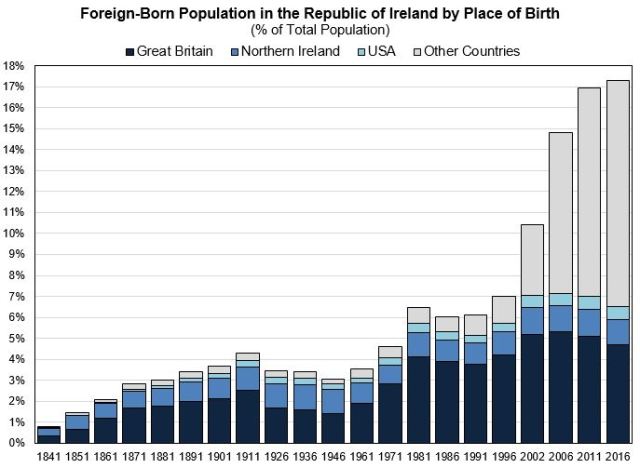
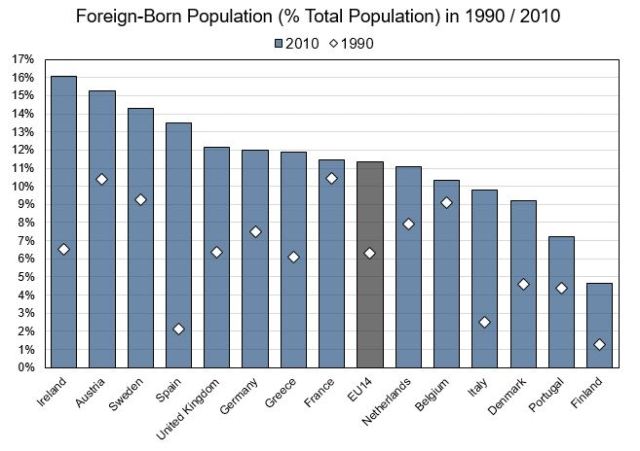

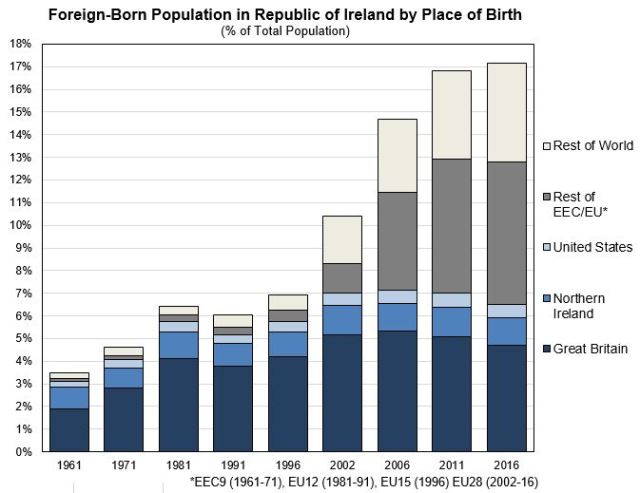
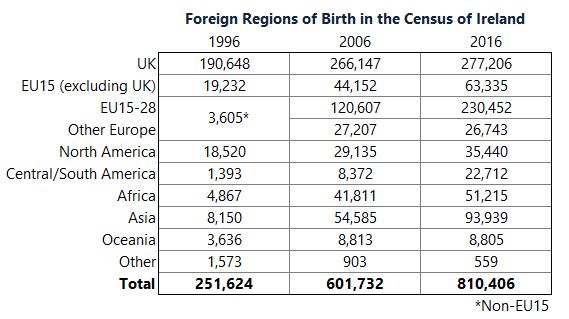
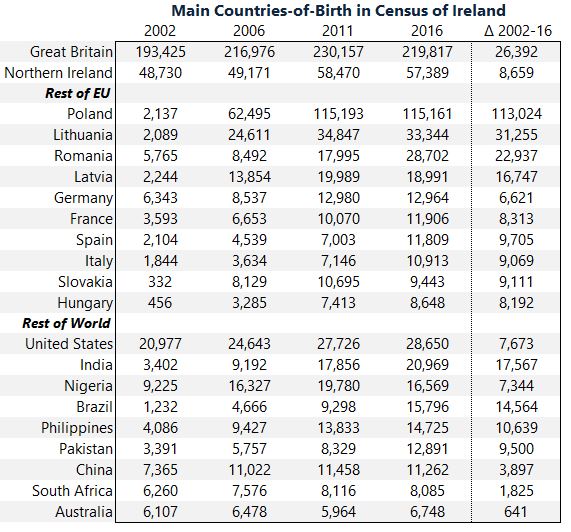

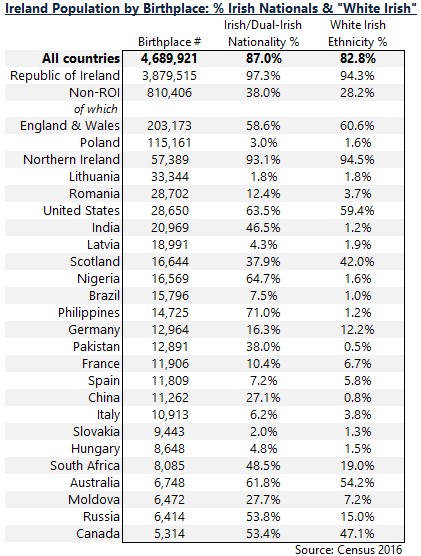
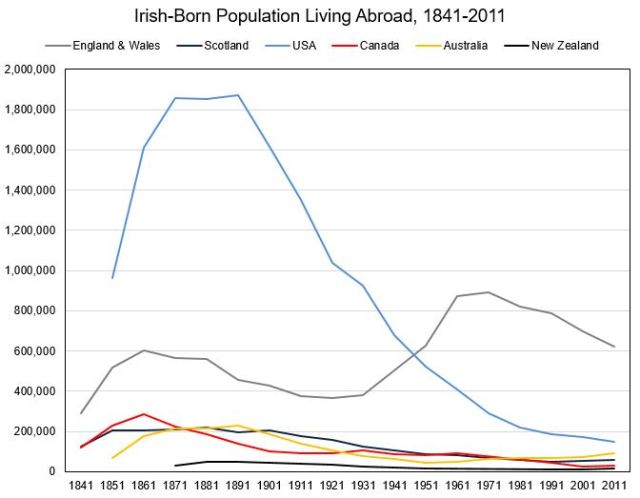

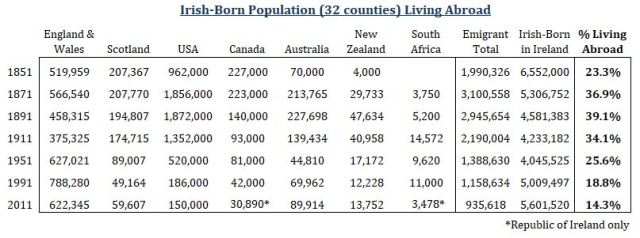
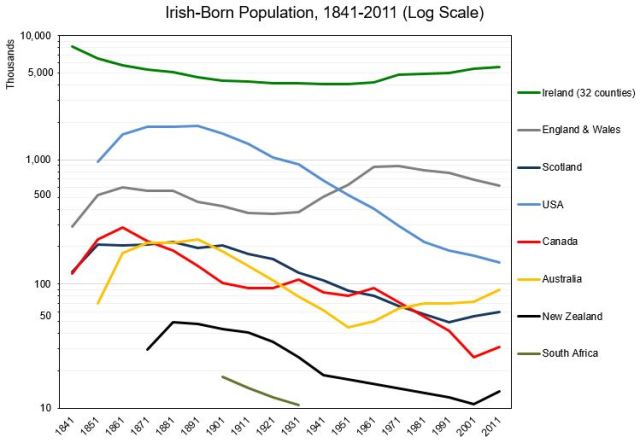
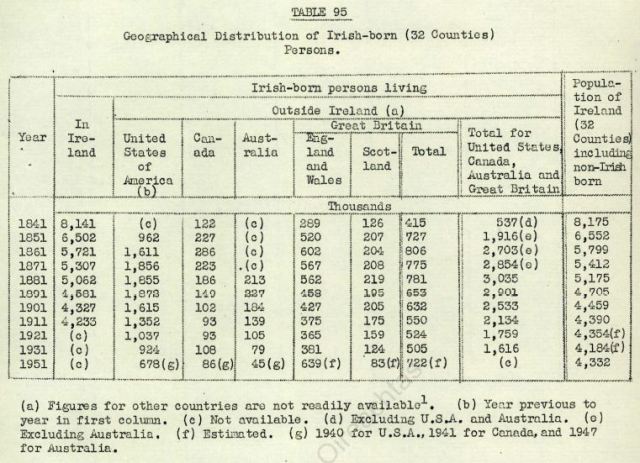


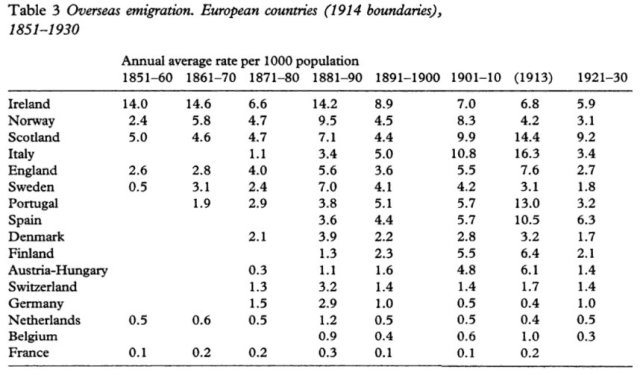



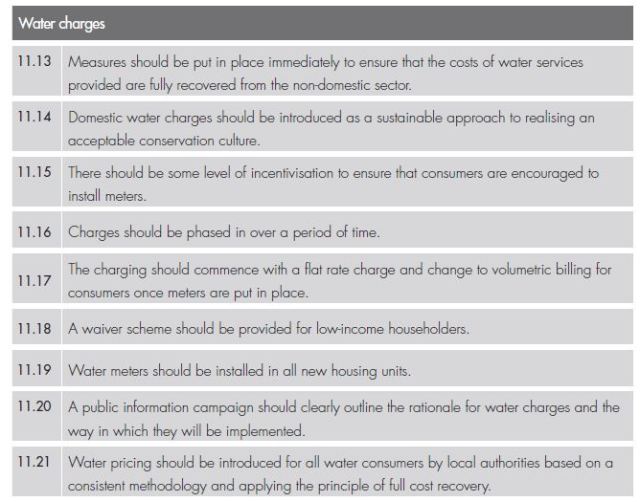
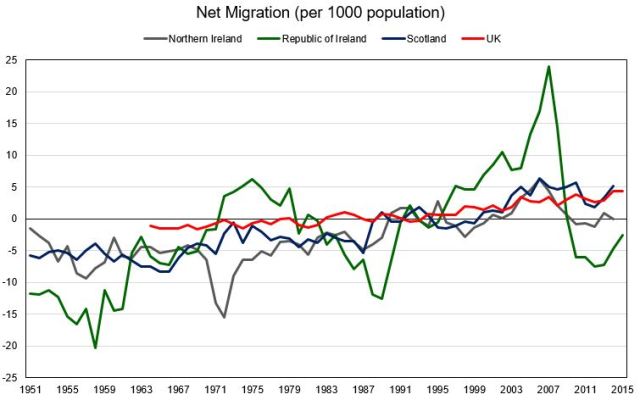



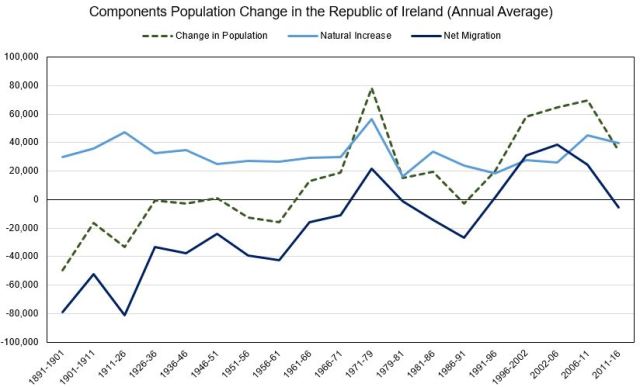

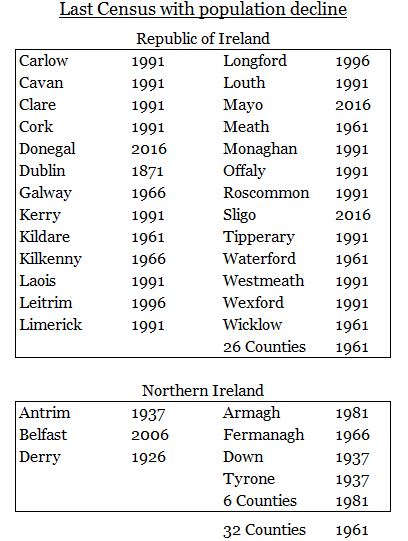
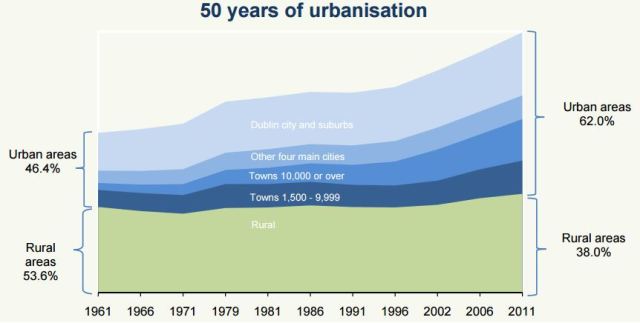
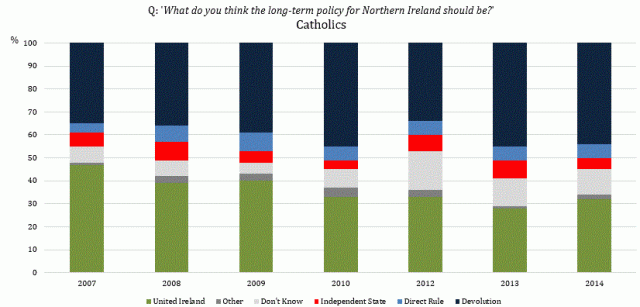
 Source:
Source: 